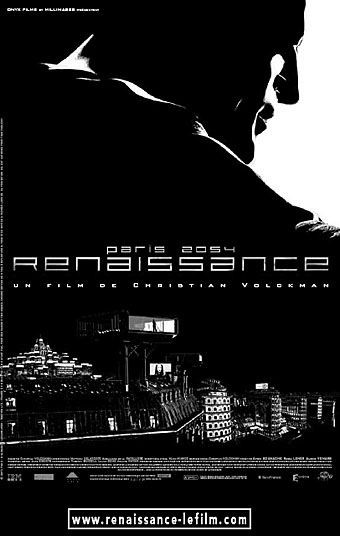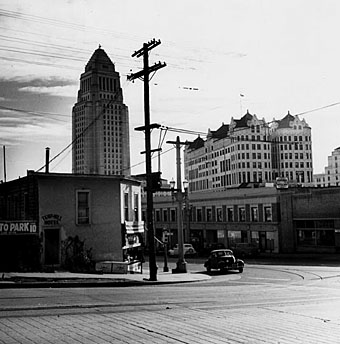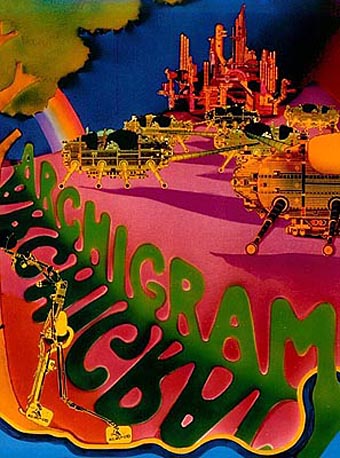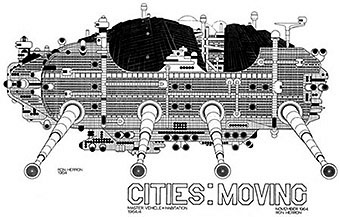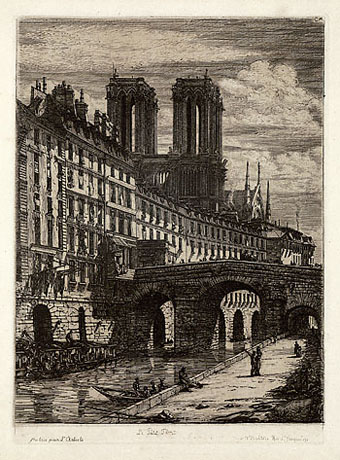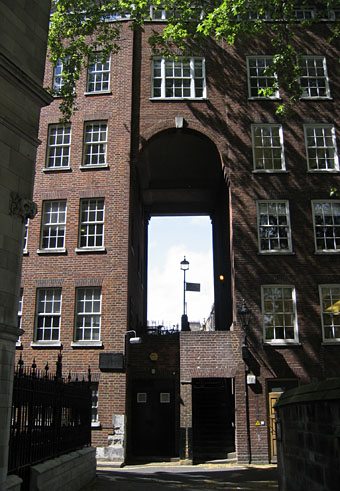
He crossed the road and went into the darkness towards the little steps under the archway leading into Essex Street, and I let him go. And that was the last I ever saw of him.
The Diamond Maker (1894) by HG Wells
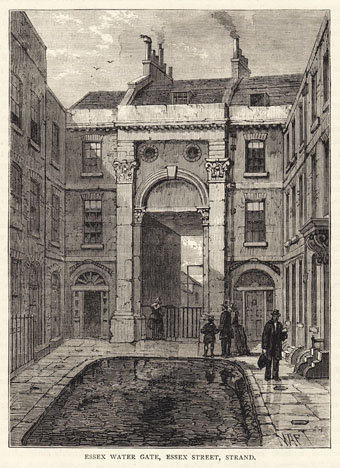
Old and New London – Its History, Its People and Its Places (1878).
London’s water gates date from the time before the building of the embankment and the road on the north side of the river, when the tidal wash reached a lot closer to the buildings (and former palaces) that follow The Strand and Fleet Street. The gate in Essex Street dates back to t0 1676, and was used for a time as an emblem by Methuen publishers when they had their premises here.
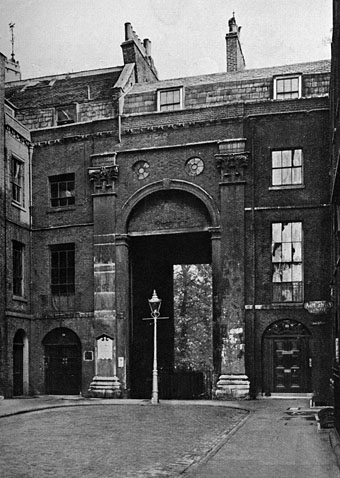
A plate from The Romance of London by Alan Ivimey (1931).
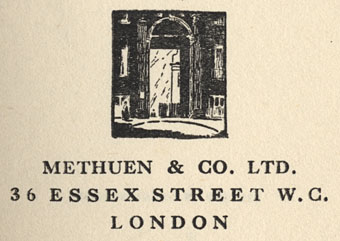
Methuen imprint (1931).

An etching by Edgar Holloway (1934).
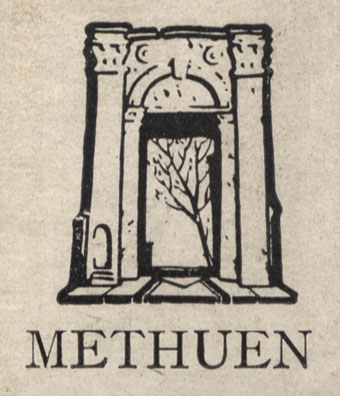
Methuen imprint (1948).
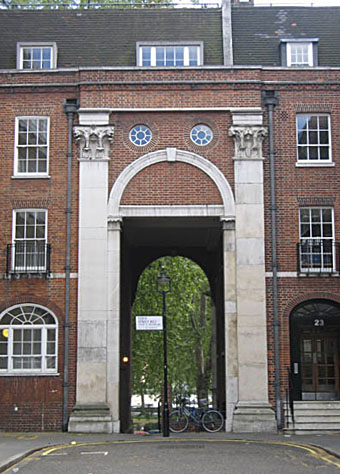
The Water Gate as it was on the afternoon of 18th May, 2006.
Elsewhere on { feuilleton }
• The etching and engraving archive

